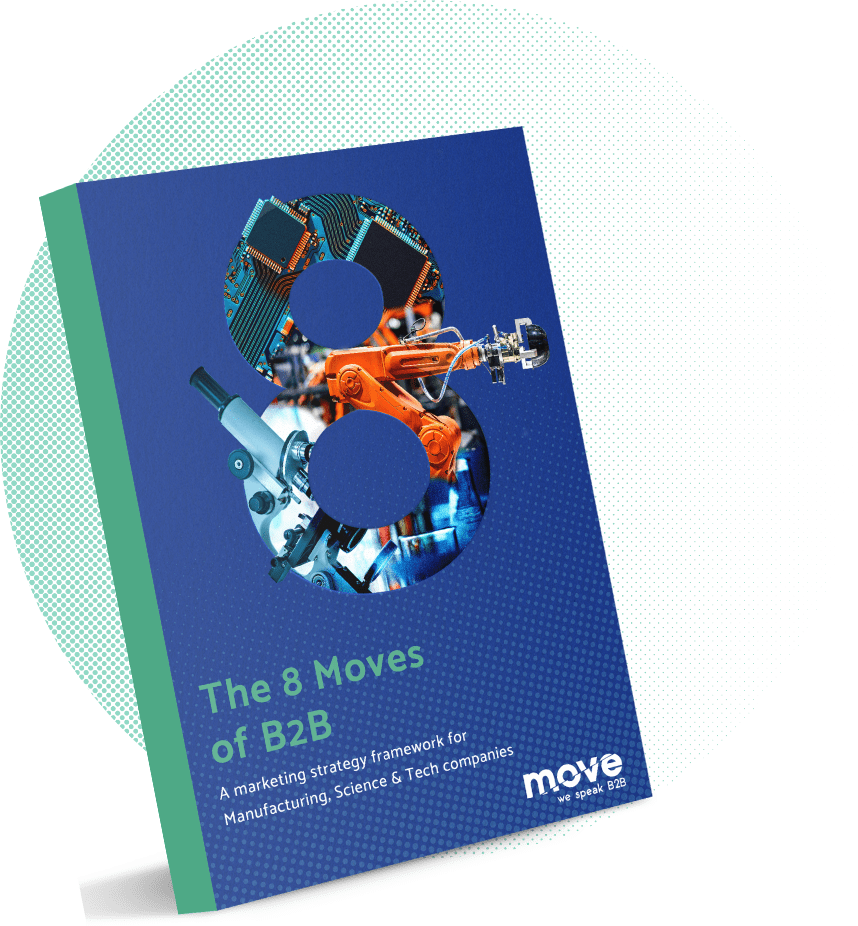Is there a difference between physical and digital trust in B2B?
The world of B2B buying has been completely transformed in recent times, with the seeds of trust now planted digitally rather than in sales visits. 90% of the sales process is over before a salesperson even talks to a lead – therefore, digital tools and human interaction must work in harmony for a B2B business to be successful today. B2B sales has transitioned from being an environment where face-to-face interactions form the large part of relationship building and maintaining, to a discipline which requires an increasing number of high-frequency, high-value digital interactions to manage constantly evolving relationships and opportunities.
According to recent research by Mckinsey only about 20% of B2B buyers say they hope to return to in-person sales, even in sectors where field-sales models have traditionally dominated. Most are now willing to make even big ticket purchases through end-to-end digital service and remote human interactions and see these changes as being permanent beyond the end of 2021 (Source: Mckinsey.com).
B2B companies on the whole, and particularly industrial and engineering companies, have traditionally been slow to embrace change in the area of digital sales and marketing and the intangible. This is unsurprising as these companies are fundamentally geared around engineering, technical substance, the tangible and the physical output of a process. Over the last twelve months though, the pandemic has compressed five years of progression into a single year and forced B2B companies to more readily embrace the digital revolution in the buyer journey. Unable to lean on the physical interactions and presentations of years gone, buyers and engineers involved in the purchasing process have been forced to navigate the digital market and find new methods, tools and benchmarks with which to evaluate supplier products and services.
The “top and middle of the funnel” stages of the B2B buyer journey have become more critical than ever, with so many B2B buyers using digital as a way of pre-screening potential suppliers, even for more technically complex products and services. With this in mind, Awareness and Consideration have become the more pivotal stages of the buyer journey, as opposed to the latter Decision and Experience stages of the cycle where sales and support teams can play a more decisive role. Sales rapport and credibility can still be built but it is not required anywhere near as early in the journey and has transitioned to typically being reliant on video conferencing platforms such as Zoom and Teams.
With reduced face to face sales interactions the need for reassurances and reinforced trust has increased massively. One way of covering this off in the B2B space is through guarantees and warranties. A guarantee is a promise or an assurance that attests to the quality or durability of a product or service, or a pledge that something will be performed in a specified manner. A warranty is a more formalised written guarantee for the product or service. Offering guarantees plays a big role in building trust digitally for B2B companies as it removes one of the final barriers to purchase thereby minimising purchase risk, increasing buyer confidence, providing competitive differentiation and potentially also improving profitability.
Customers expect a seamless experience whatever sector they’re operating in and so marketing still needs to work closely hand in hand with sales to achieve this. Recent experiences during the course of the pandemic have persuaded buyers in all sectors, including B2B, to trust the virtual/e-commerce experience more and more and to find new and more efficient ways of completing their roles. At the first stage there needs to be clearly accessible information to support the journey through the awareness and consideration stages of the purchase decision. Buyers will then start to look at other factors, such as how easy the product is to order online, what the speed of delivery is and whether adequate technical support is available both digitally and in terms of customer service teams.
Another key development in recent times has been the impact of how a B2B buyer acts in their consumer transactions beginning to influence how they act in their B2B day job. The expectation levels have been raised by the smoothness with which many B2C transactions now take place. This does not necessarily mean that a multimillion pound piece of capital equipment should suddenly be available with one-click, Amazon-style functionality. But it does raise the stakes in terms of the validating commercial and technical information that makes up the key stages of the buyer journey. If all your competitors have made this information as easy to digest and access as possible but yours requires a phone call or a formalised sales follow up, then human nature dictates that your offering will instantly fail to tick that same box covered by your competitors. In the digital era those B2B companies that are quickest to recognise these fundamental differences between physical and digital trust will be the ones best placed for success.


